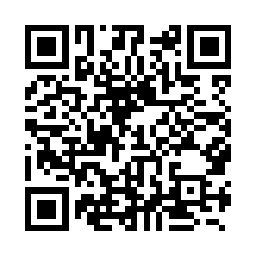
Poison ivy rash

Urushiol-induced contact dermatitis (also called Toxicodendron dermatitis or Rhus dermatitis) is a type of allergic contact dermatitis caused by the oil urushiol found in various plants, most notably species of the genus Toxicodendron: poison ivy, poison oak, poison sumac, and the Chinese lacquer tree. The name is derived from the Japanese word for the sap of the Chinese lacquer tree, urushi. Other plants in the sumac family (including mango, pistachio, the Burmese lacquer tree, the India marking nut tree, and the shell of the cashew) also contain urushiol, as do unrelated plants such as Ginkgo biloba.Severe allergic reaction to urushiol (poison oak) 4 days after exposure.Blistering 48 hours after urushiol contact.Poison ivy rash after 2 days.Poison ivy rash with swelling about 3 days after direct contact. Urushiol-induced contact dermatitis (also called Toxicodendron dermatitis or Rhus dermatitis) is a type of allergic contact dermatitis caused by the oil urushiol found in various plants, most notably species of the genus Toxicodendron: poison ivy, poison oak, poison sumac, and the Chinese lacquer tree. The name is derived from the Japanese word for the sap of the Chinese lacquer tree, urushi. Other plants in the sumac family (including mango, pistachio, the Burmese lacquer tree, the India marking nut tree, and the shell of the cashew) also contain urushiol, as do unrelated plants such as Ginkgo biloba. As is the case with all contact dermatitis, urushiol-induced allergic rashes are a Type IV hypersensitivity reaction, also known as delayed-type hypersensitivity. Symptoms include itching, inflammation, oozing, and, in severe cases, a burning sensation. The American Academy of Dermatology estimates that there are up to 50 million cases of urushiol-induced dermatitis annually in the United States alone, accounting for 10% of all lost-time injuries in the United States Forest Service. Poison oak is a significant problem in the rural Western and Southern United States, while poison ivy is most rampant in the Eastern United States. Dermatitis from poison sumac is less common. Urushiol causes an eczematous contact dermatitis characterized by redness, swelling, papules, vesicles, blisters, and streaking. People vary greatly in their sensitivity to urushiol. In approximately 15% to 30% of people, urushiol does not trigger an immune system response, while at least 25% of people have a very strong immune response resulting in severe symptoms. Since the skin reaction is an allergic one, people may develop progressively stronger reactions after repeated exposures, or have no immune response on their first exposure but show sensitivity on subsequent exposures. Approximately 80% to 90% of adults will get a rash if they are exposed to 50 micrograms of purified urushiol. Some people are so sensitive that it only takes a trace of urushiol (two micrograms, or less than one ten-millionth of an ounce) on the skin to initiate an allergic reaction. The rash takes one to two weeks to run its course and may cause scars, depending on the severity of the exposure. Severe cases involve small (1–2 mm), clear, fluid-filled blisters on the skin. Pus-filled vesicles containing a whitish fluid may indicate an infection. Most poison ivy rashes, without infections, will resolve within 14 days without treatment. Excessive scratching may result in infection, commonly by staphylococcal and streptococcal species; these may require antibiotics.



